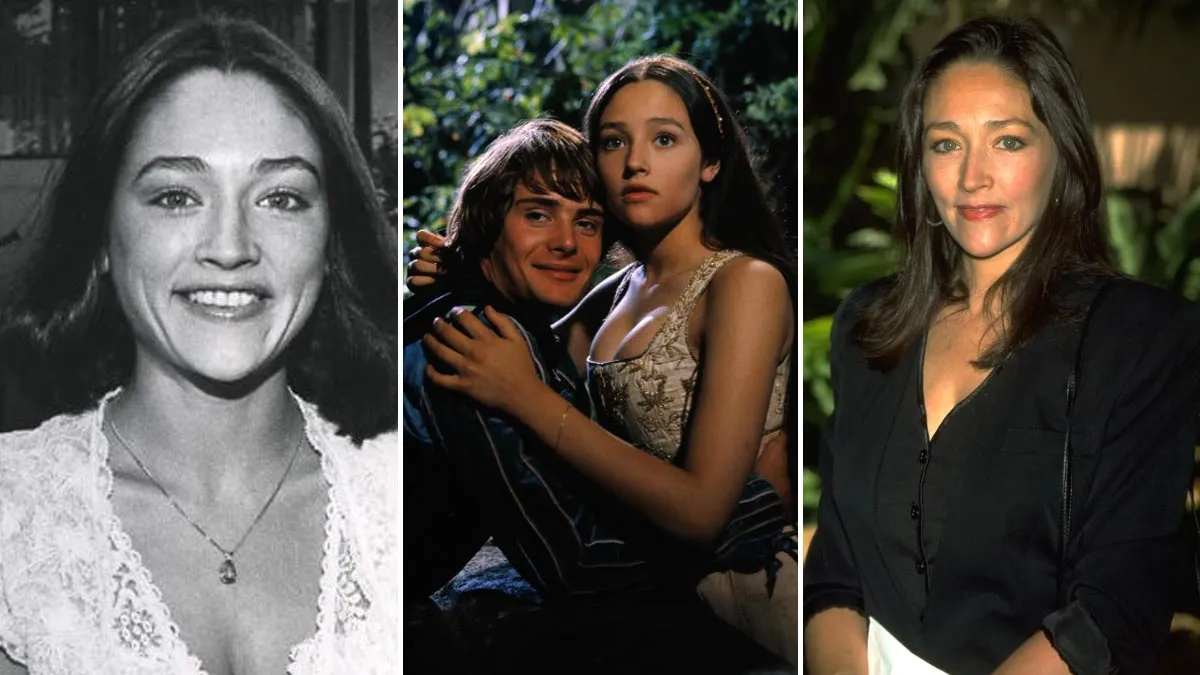
Olivia Hussey, best known for her portrayal of Juliet in the classic 1968 film ‘Romeo and Juliet’, has sadly passed away at the age of 73 due to breast cancer relapse. The battle with breast cancer began in 2008 when she was diagnosed and underwent a double mastectomy.
Table of Content:-
After nearly a decade of being cancer-free, the disease returned in 2017, leading to further treatment that included chemotherapy and radiation. This recurrence highlights the complexities of cancer treatment and the possibility of relapse, which can occur due to various factors.
What are the reasons for breast cancer recurrence
-1735622784500.jpg)
Dr. Harshit Shah, an Associate Surgical Oncologist at Fortis Hospital in Kalyan, discussed the factors contributing to breast cancer relapse, emphasizing both patient-related and cancer-related aspects. He explained, “if a patient undergoes surgery where only the tumor is removed, leaving the rest of the breast intact, the presence of dense fibrous tissue or any precancerous lesions significantly increases the likelihood of recurrence.”
Surgery and Tumor Removal: If a patient has surgery where only the tumor is removed and the rest of the breast remains intact, it can affect recurrence risk.
Factors Increasing Recurrence: The presence of dense fibrous tissue or precancerous lesions significantly increases the likelihood of cancer returning.
Aggressive Cancer Types: If the previously treated cancer was advanced or classified as aggressive like triple-negative or HER2-positive, the risk of recurrence is notably higher.
Importance of Personalised Treatment: Personalised treatment approaches are essential to reduce the risks of relapse.
A study published on PubMed defines breast cancer relapse as the return of breast cancer after initial treatment. Also known as recurrent breast cancer, it may occur months or even years after treatment has concluded. The recurrence occurs when cancer cells, previously thought to be eradicated during treatment, reappear in the same breast, nearby lymph nodes, or other parts of the body.
What type of breast cancer has the highest recurrence rate?
Dr. Harshit Shah noted that the breast cancer types most likely to recur are triple-negative breast cancer and HER2-positive breast cancer. These cancers are more aggressive and have a greater chance of returning, particularly if they have been previously treated and respond well to standard chemotherapy. Therefore, it is crucial for patients with these types to be closely monitored after treatment to address any potential recurrence of the disease.
What Is The Treatment Of Breast Cancer Relapse?
The treatment for breast cancer relapse varies depending on whether it is a local recurrence in the breast or a regional recurrence in nearby lymph nodes. Key treatment options include:
- Chemotherapy: Often used to target cancer cells throughout the body, especially for aggressive types.
- Radiation Therapy: Commonly employed after surgery to eliminate remaining cancer cells and reduce recurrence risk.
- Immunotherapy: Helps the immune system recognize and attack cancer cells.
- Hormone Therapy: Beneficial for hormone-receptor-positive cancers, reducing the likelihood of recurrence.
- Targeted Therapy: Such as trastuzumab for HER2-positive breast cancer, focusing on specific characteristics of cancer cells.
Dr. Shah emphasizes the importance of completing all prescribed treatments, such as chemotherapy, surgery, radiation, or targeted hormone therapy, on time. Additionally, regular follow-ups with yearly mammograms and breast examinations are crucial for reducing the chances of recurrence.
Also watch this video
How we keep this article up to date:
We work with experts and keep a close eye on the latest in health and wellness. Whenever there is a new research or helpful information, we update our articles with accurate and useful advice.
Current Version